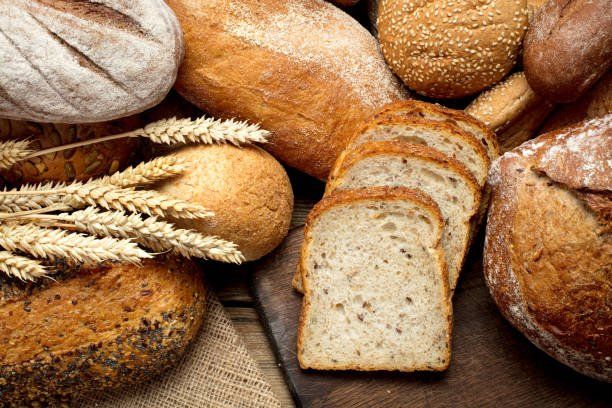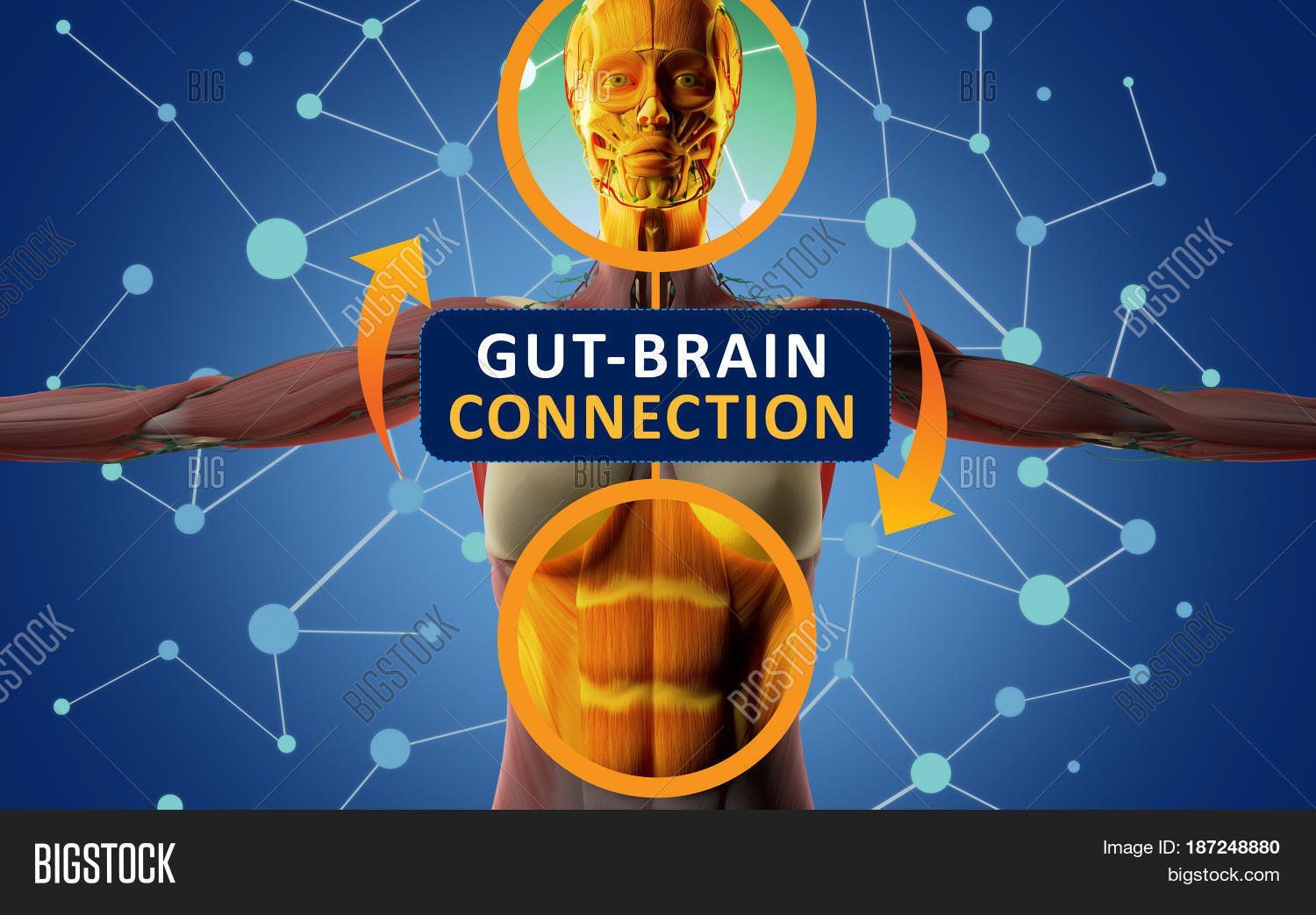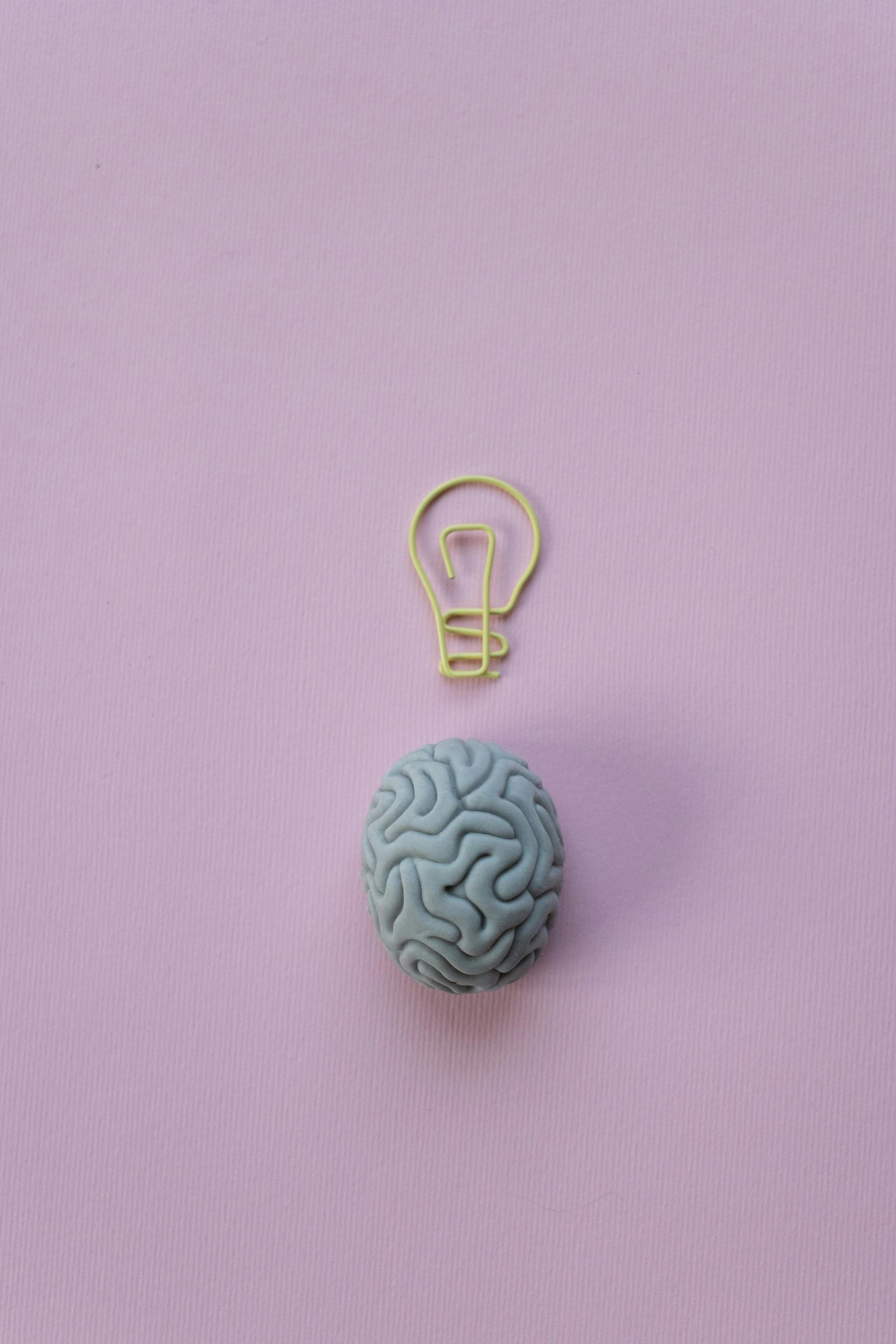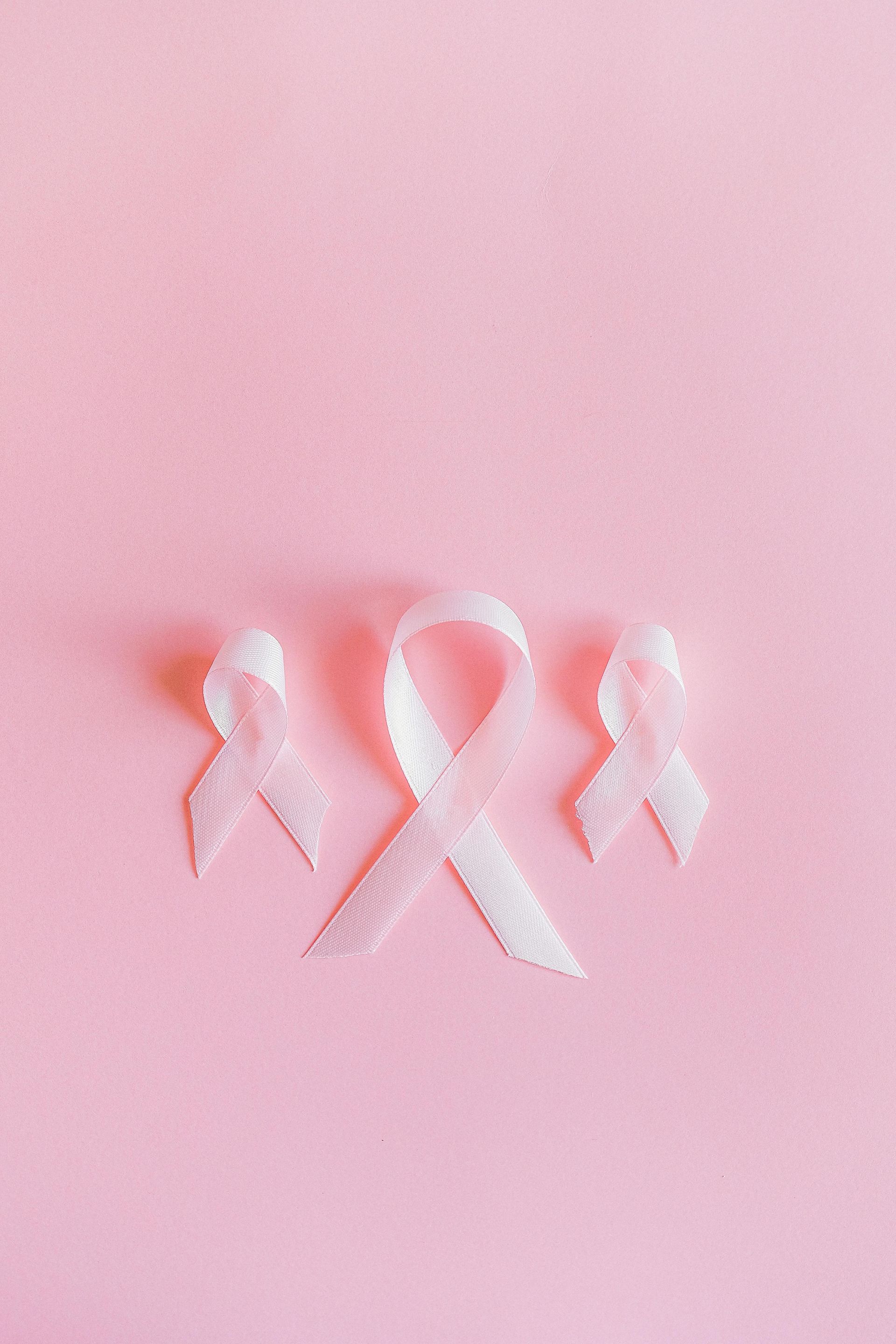My name’s Jane and I’m a sugar addict.
I'm not even a recovering addict. I’m in the full throes of my addiction. “They” say that the first steps in recovery are admitting you have a problem. So, I’m putting it out there, admitting it and sharing the research that I’ve been doing to educate myself on how and why I’ve got here.
You’ll have seen that sugar has been cast as the devil in recent years. And with some good reason.
We’ve all seen children who’ve eaten too many sweets go from delightful cherubs to energiser bunnies to grumpy monsters.
In fact, maybe you feel like this when you eat too much of the sweet stuff too.
Why is sugar so bad in midlife?
Well, it’s not great at any time, but during our middle years, it can start to have even greater impacts on our health.
This is because processed, sugary food directly affects almost every body system and can make menopausal symptoms worse.
Sugar can alter energy, mood, cognitive function, hot flushes, sleep, inflammation, gut health and hormones (insulin, cortisol, oestrogen, progesterone, testosterone).
And of course, there’s also adult - onset Type II diabetes and obesity just in case the others didn’t seem bad enough.
Hurrah.
Should I avoid eating carbohydrates?
Why don’t we want insulin spikes?
Firstly, insulin spikes are the culprits that leave you feeling fatigued with a low mood (why the crappy mood? Check out the gut/brain section below).
Every time the body identifies that there’s sugar in the blood stream, insulin is released. However, if too much insulin is released into the blood stream, as a result of regular sugar spikes, cells start to become insulin resistant.
This means that the insulin secreted by the pancreas stops being able to unlock cells – it’s like the key doesn’t fit the keyhole anymore. As the sugar is still in the blood stream and has not been used by the cells, the pancreas creates more insulin. But the insulin still doesn’t unlock the cells. So the sugar is still there, and the pancreas creates more insulin.
As the excess insulin is rejected, it’s left to float freely in the bloodstream, creating unbalanced hormone levels. The excess glucose that’s still floating in your bloodstream (as the insulin hasn’t unlocked the cells) is then sent to the liver.
Once in the liver, the sugar’s converted to fat and stored via the bloodstream throughout the body.
As well as insulin resistance being a precursor to Type II diabetes, an excess of glucose and insulin in the bloodstream causes cellular inflammation. Inflammation underpins chronic illness and conditions such as heart disease, cancer, arthritis and bowel diseases.
Since oestrogen helps to protects us against inflammation and our levels are dropping during menopause, this already makes us more susceptible to inflammatory conditions.
By pouring sugar on the fire, as it were, we increase our risks of all of these diseases.
How does sugar affect the gut and the brain?
How can I bring my body back into more balance?
Nutritional therapist, Jackie Lynch says that “It’s all about the blood sugar. Controlling your blood sugar levels helps with so many unexpected and always unwelcome symptoms of menopause – from managing anxiety to controlling weight gain to maintaining bone density. Getting this basic nutritional process right - controlling blood sugars - is a no-brainer for women riding the menopause rollercoaster from peri to post!”
Ditch the white stuff!
I’m switching white carbs for brown:
Brown carbs are full of fibre and have a low glycemic index. The gut loves fibre too!
Most white foods (bread, rice, pasta, sugar, flour) are primarily made up of refined carbohydrates and tend to be lower in other nutrients, so cutting them out of your diet is one of the quickest ways to stabilize blood sugar (which affects mood).
I’m not usually a big eater of processed foods anyway but I am getting more careful about labels! Many “healthy” foods have hidden sugars.
I’ve also added some foods that provide nutrients for insulin pathways:
·
Zinc- (insulin production and binding to receptors) I’ve added pumpkin seeds, nuts and seeds to my morning yoghurt as well as having my daily dose of chickpeas (hummus!)
·
Chromium - (increases receptors and binding) I love broccoli but have also added some barley, oats
·
Magnesium- (prevents insulin resistance) While I already eat green leafy veg, nuts and seeds, I’ve also added a supplement which I take at night to help with sleep quality.
·
Manganese - (insulin production and quality) oats, rice, spinach, pumpkin, seeds
·
Vitamin D (increasing evidence)- As the sunshine levels between autumn and spring equinoxes are a bit shoddy, I’m supplementing this as well as adding more oily fish.
Eating for my microbiome:
·
Dietary fibre – I’m trying (and not always managing) for a high variety and volume of vegetables to improve microbiome biodiversity.
·
Eating the rainbow - For anti-inflammatory proanthocyanins (purple), catechins (green tea), carotenoids (yellow, orange and red) etc. Also, it looks nicer on the plate.
·
Fermented foods- The thing I struggle with most. I manage sourdough and yoghurt. But could do with more sauerkraut, kefir, kimchi, apple cider vinegar “with mother”, unfiltered balsamic vinegar, tempeh, miso and tamari.
I’ll keep you posted on my sugar addiction – let’s see if I can kick it this year!
For more menopause management tips on healthy diet and exercise, check out some previous blogs that will be sure to help!












